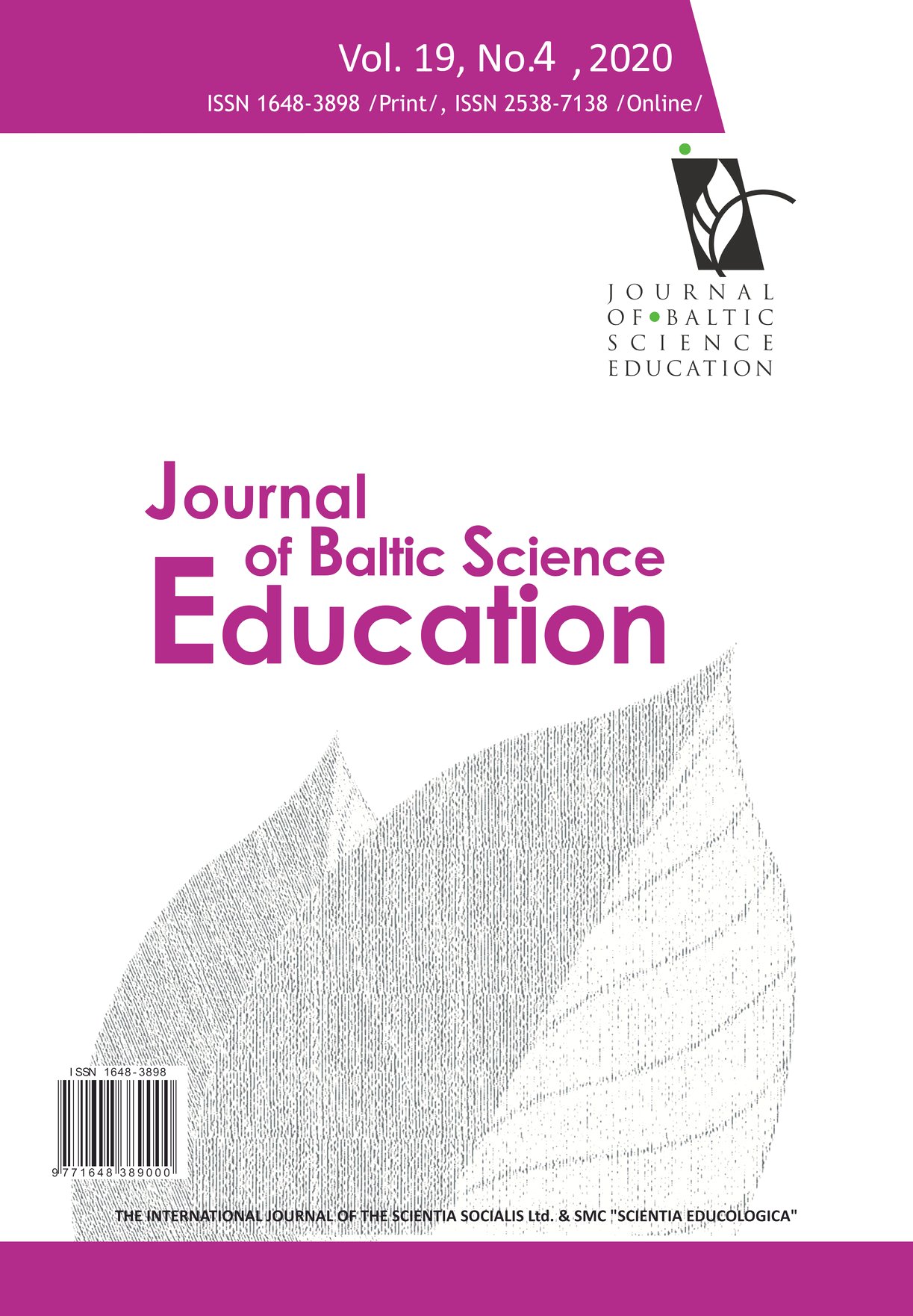THE IMPACT OF PHYSICAL MOLECULAR MODELS ON STUDENTS' VISUO-SEMIOTIC REASONING SKILLS RELATED TO THE LEWIS STRUCTURE AND BALL & STICK MODEL OF AMMONIA
THE IMPACT OF PHYSICAL MOLECULAR MODELS ON STUDENTS' VISUO-SEMIOTIC REASONING SKILLS RELATED TO THE LEWIS STRUCTURE AND BALL & STICK MODEL OF AMMONIA
Author(s): Thobile Nkosi, Lindelani MnguniSubject(s): Education, School education
Published by: Scientia Socialis, UAB
Keywords: ball & stick models; Lewis structures; physical models; visuo-semiotic reasoning;
Summary/Abstract: Visuo-semiotic models, such as Lewis structures and ball & stick models, are widely used to enhance students’ learning. However, there is limited research about the impact of these models on specific visuo-semiotic reasoning skills. In the current research, we aimed to determine the extent to which physical molecular models could enhance specific visuo-semiotic reasoning skills among students. The research question that we explored was, “what is the impact of physical molecular models on Grade 11 students’ visuo-semiotic reasoning skills related to Lewis structures and ball & stick models of ammonia?” In this mixed-methods research, we collected data from purposively selected Grade 11 chemistry students aged between 15 and 18 from an under-resourced school in South Africa. Through a quasi-experimental design, participants in the experimental group (n = 101) used physical molecular models to learn about Lewis structure and ball & stick models of ammonia while participants in the control group (n = 100) did not. We subsequently tested students' visuo-semiotic reasoning skills. Results show that using physical molecular models significantly improved students' visuo-semiotic reasoning skills and reduced associated learning difficulties. We, therefore, recommend that these models should be used as an instructional tool to enhance learning.
Journal: Journal of Baltic Science Education
- Issue Year: 19/2020
- Issue No: 4
- Page Range: 594-604
- Page Count: 11
- Language: English

